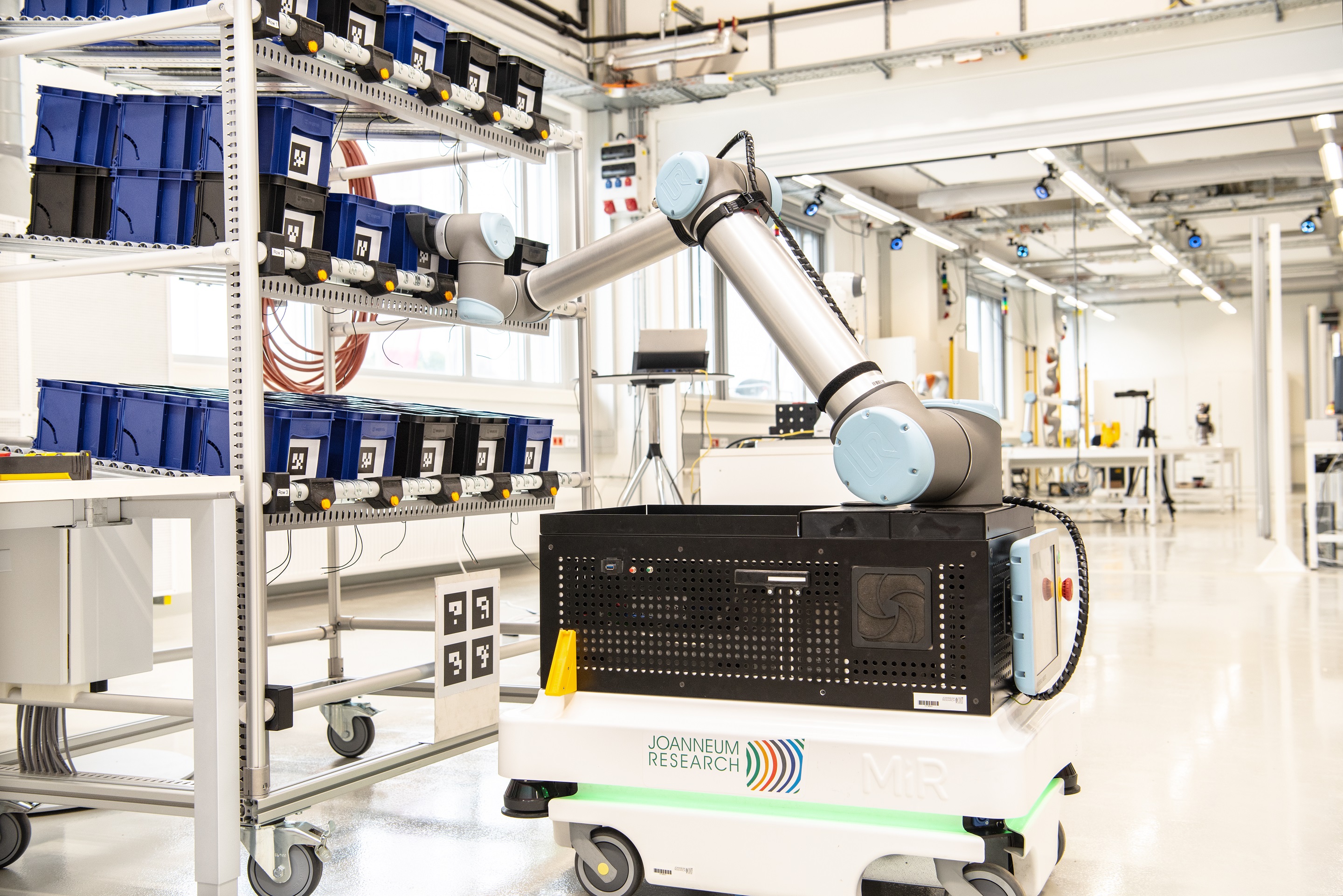
In order to be able to comprehensively perceive the environment, robot systems use different sensor technologies. At present, all the necessary sensors are permanently installed on mobile robots. Sometimes, however, it makes sense to use special sensors directly at the workstations, for example, in order to optimally capture the environment, fulfil a task or ensure safety. The use of 5G technologies makes it possible to make these sensors dynamically accessible to the robot at those locations where they are needed. There are a wide variety of sensor technologies that place specific requirements on 5G connectivity in terms of bandwidth, latency and reliability. On the one hand, cameras require a high bandwidth, real-time data transmission is not absolutely necessary. On the other hand, safety-relevant sensors do not require high bandwidths, but data transmission is highly time-critical and must be reliable. These two extremes must be combined in a wireless 5G network. 5G also enables the use of edge computing for the first time. In this case, data processing is outsourced to a geographically nearby data centre or to computing capacities directly at the 5G transmission station in order to keep the communication paths and thus also the latency low. This technology is particularly interesting for computationally intensive functions such as object recognition, which is currently limited to the on-board computing capacity of mobile robots.

